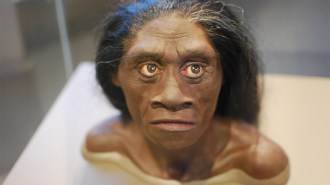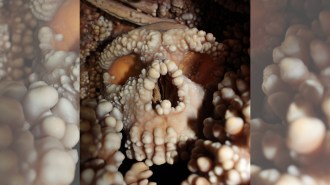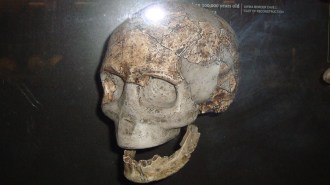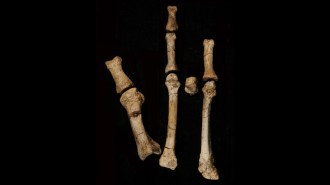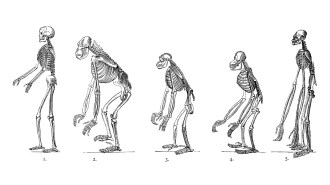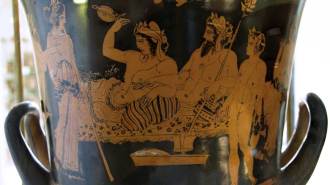50 years ago, X-rays revealed what ancient Egyptians kept under wraps
Excerpt from the October 9, 1971 issue of Science News
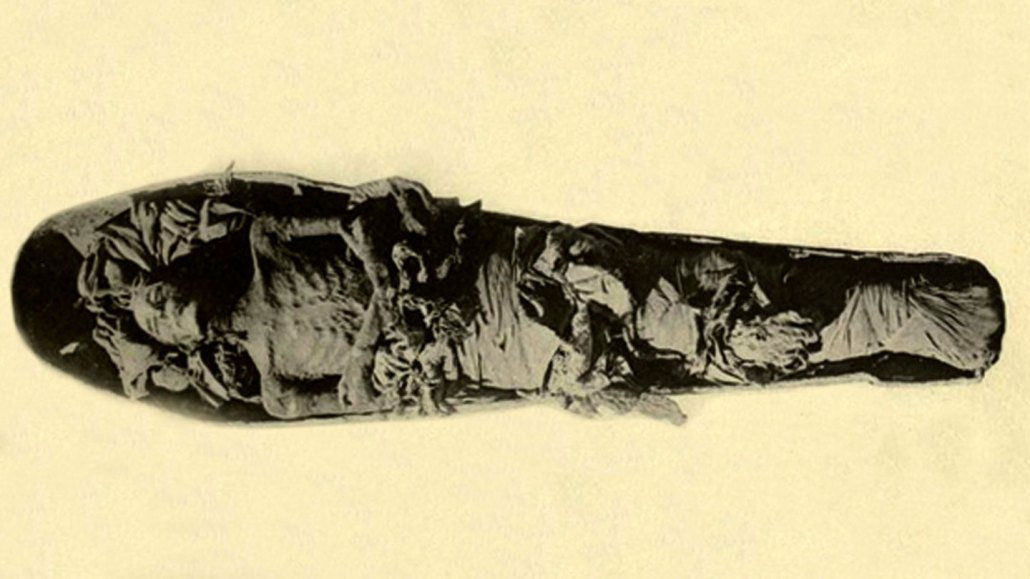
In 1971, X-rays of the mummy of Egyptian pharaoh Amenophis II revealed arthritis in his backbone. Fifty years later, advances in technology are providing unprecedented views of other ancient Egyptians.
Howard Carter/Wikimedia Commons

